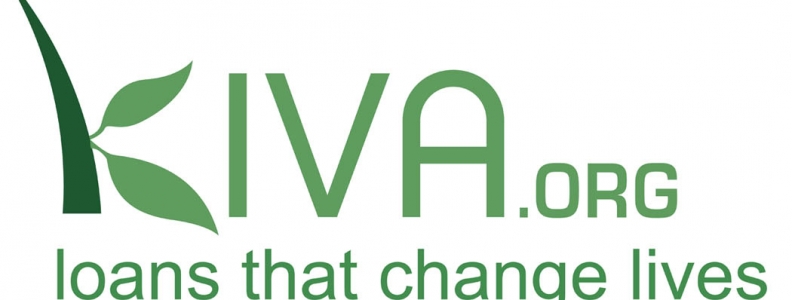Bank loans allow people to follow their dream and try to change their social status. The expression ‘money brings more money’ is a simple way to describe a much more complex phenomenon. If you can afford to open an activity of whatever kind you can higher the likelihood that you can change the magnitude of your belonging since you can have a larger income day after day, which can be further invested in other activities. But if you don’t have the money in the first place, you can’t really afford to get into this virtuous spiral.
To solve this scenario, Flannery in 2005 decided to open Kiva (Fannery, 2007), a platform that is described by Mittelman and Rojas-Mendez (2013) as Online Social Lending for Development (OSL4D). Basically, on these platforms users are allowed to back entrepreneurial projects from less developed countries, allowing people to have a chance in doing the step up in the social ladder. All the loans are interest free but, in contrast to how traditional charity usually works, the money has to be repaid by the entrepreneur, so that it can be ‘reinvested’ in a new project.
To ensure the fact that the entrepreneurs will be able to repay the project and that, thus, their idea is feasible, Kiva decided to opt for a local filtering, the so-called Field Partners. Due to the fact that they are charging entrepreneurs on the borrowings, at first glance they appear to be unfitted in a system where the 0% interest rate is the rule. However, keeping the external loans with the form of grants would have attracted a discrete number of opportunistic behaviors too. With the implementation of field partners in the system, Kiva has raised the price of the loan, factor that nudged out of the market the inefficient entrepreneurs, realizing the quality cream off. This happened since in microfinance, as theorized by Ghosh and Van Tassel (2012), the side that is searching for a profit is going to shrink as the cost of the transaction increases. Moreover, this filter was also established to reduce the number of entrepreneurs. Ly and Mason (2011) concluded that an increase in the number of entrepreneurs (competitors) has an adverse effect on the project funding speed, one of the strong points of Kiva.
The exponential growth and the 95+% of repaid loans of Kiva is a signal of the fact that this structure works efficiently and that the system works both for the entrepreneurs and for the lenders.
Are you ready to be part of this social evolution? If you do just go to Kiva (https://www.kiva.org/) and support your first entrepreneur!
References:
Flannerly, M. (2007), “Kiva and the Birth of Person-to Person Microfinance”, Innovations: Technology, Governance & Globalization, Winter/Spring 2007, 2:1-2, 31-56
Mittelman, R. and Rojas-Méndez, J.I. (2013), “Exploring Consumer’s Needs and Motivations in Online Social Lending for Development”, Journal of Nonprofit & Public Sector Marketing, 25:4, 309-333
Ghosh, S. and Van Tassel, E. (2012), “Funding microfinance under asymmetric information”, Journal of Development Economics, 101, 8–15
Ly, P. and Mason, G. (2011), “Competition between microfinance NGOs: Evidence from Kiva”, World Development, 40:3.

